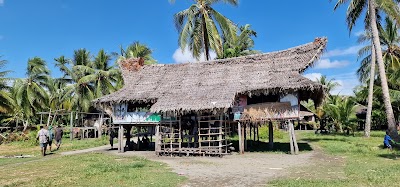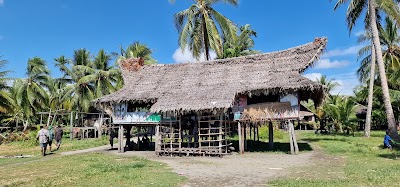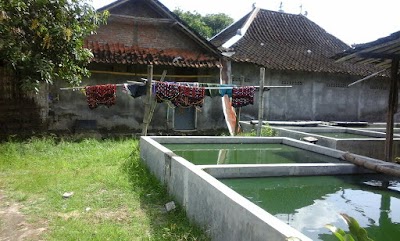Sepik River (Sepik River)
Overview
The Sepik River, a mesmerizing natural wonder located in East Sepik, Papua New Guinea, offers an extraordinary adventure steeped in history, culture, and unparalleled beauty. Spanning over 1,100 kilometers, it ranks among the longest rivers in the country and meanders through some of its most remote and ecologically pristine areas. This river holds a special significance for the indigenous people, presenting a vibrant world rich in traditions that date back thousands of years.
The history of the Sepik River is as captivating as its breathtaking landscape. Originally charted by European explorers in the late 19th century, the river has largely retained its pristine condition due to its remote location. It has served as a vital artery for transport and communication among the various tribes that settled along its banks. These tribes have developed intricate social structures and vibrant cultures that thrive to this day. The spirit houses, known as ‘haus tambaran,’ stand as testaments to the architectural ingenuity and deep spiritual beliefs of the Sepik people. These large, intricately decorated buildings are the heart of communal life, housing sacred objects and hosting important rituals.
A journey along the Sepik River feels like stepping into a living museum. Each village you visit offers a unique glimpse into the rich cultural tapestry of the region. The local inhabitants are renowned for their intricate carvings and masks, which hold significant roles in their ceremonial life. Artisans in these river communities exhibit remarkable skill, and their craftsmanship shines through the numerous artifacts and souvenirs available for eager collectors. The techniques of carving and the symbolism behind each design are often passed down through generations, ensuring that this rich heritage remains unbroken.
Another captivating aspect of the Sepik River is its stunning biodiversity. The river and its surrounding floodplains are teeming with wildlife. Bird watchers will be thrilled to spot an array of species, from the iconic bird of paradise to the magnificent hornbill. Both saltwater and freshwater crocodiles inhabit these waters, playing a significant role in local folklore and traditions. The riverbanks are lined with dense rainforests, providing habitats for countless plants and animals, some of which remain unknown to science.
Tourists can embark on a river cruise, one of the best ways to explore this enigmatic region. These cruises often include guided tours of the villages, allowing you to engage with locals and participate in traditional activities. The warm hospitality of the Sepik people transforms your journey into an immersive cultural exchange, making it much more than just a visit.
For those with a spirit of adventure, the Sepik River offers intimate exploration opportunities. Canoeing along the river allows you to venture into secluded areas and witness the untouched beauty of the wilderness. This mode of travel brings you closer to the tranquil environment, where the only sounds are the rhythmic paddling and the symphony of tropical birds.
Despite its remote location, the Sepik River region is accessible to tourists, with various tour operators offering packages that cater to different interests and levels of comfort. These tours often include accommodation in traditional-style lodges or even in village guesthouses, providing a truly authentic experience.
Interesting facts about the Sepik River further enrich the story of this majestic waterway. The river's basin is considered one of the last great intact wetland systems on earth. The region's annual cultural festival, known as the Crocodile Festival, celebrates the integral relationship between the Sepik people and the crocodiles that inhabit the river. This event is a must-see, featuring traditional dances, music, and demonstrations of ancient customs.
In conclusion, the Sepik River is much more than a geographical feature; it is a living, breathing entity that holds the keys to understanding an ancient world largely untouched by modernity. Its compelling history, significant cultural heritage, and natural beauty make it a captivating destination for tourists from around the globe. A visit to the Sepik River is an invitation to step back in time and explore a place where nature and tradition coexist harmoniously.







